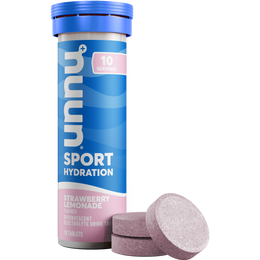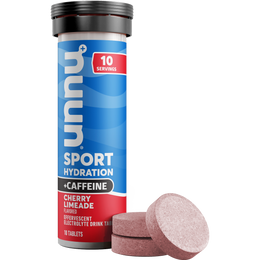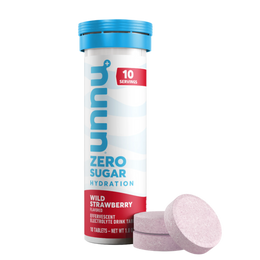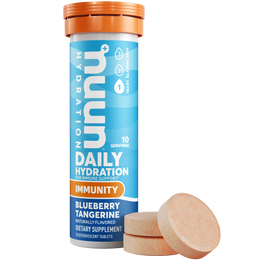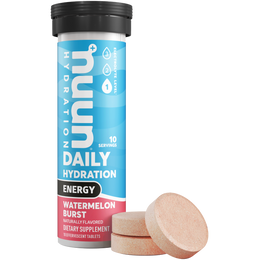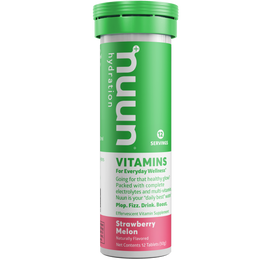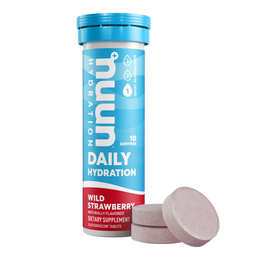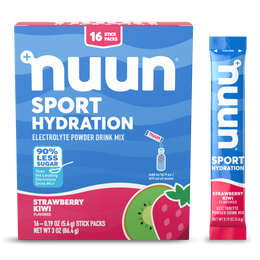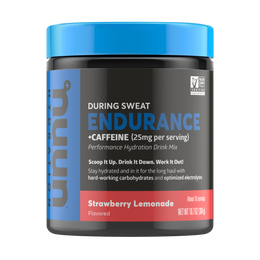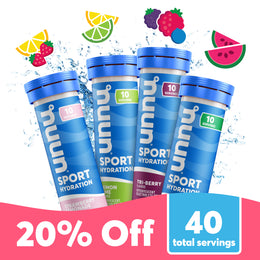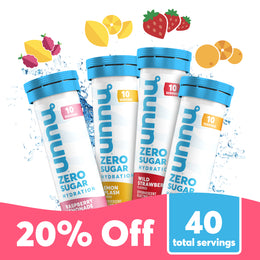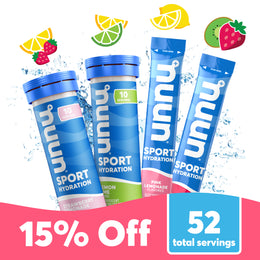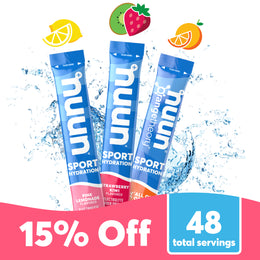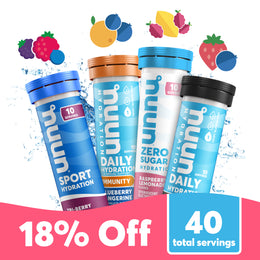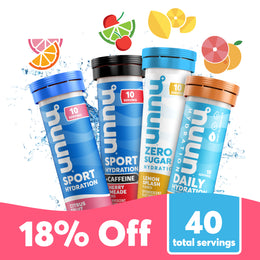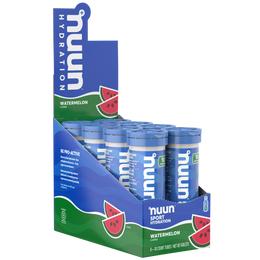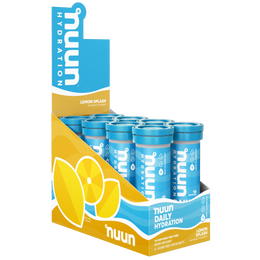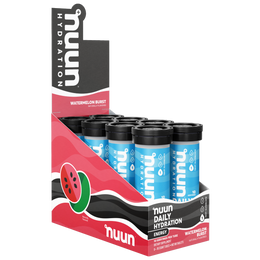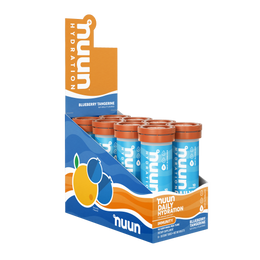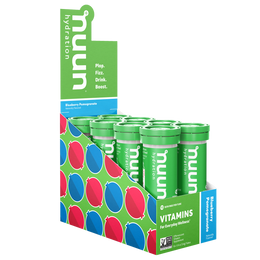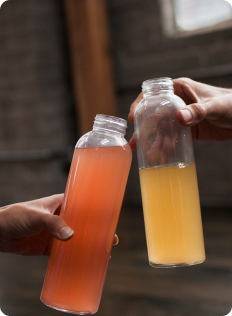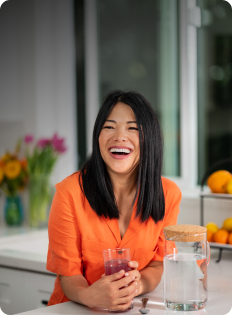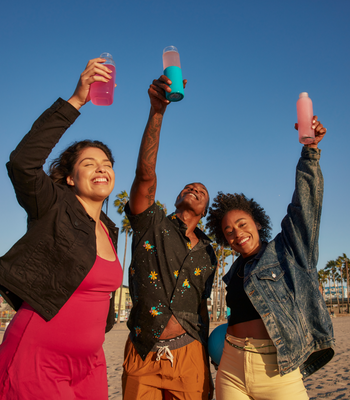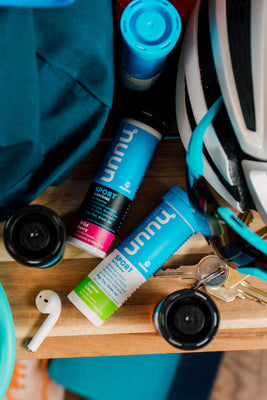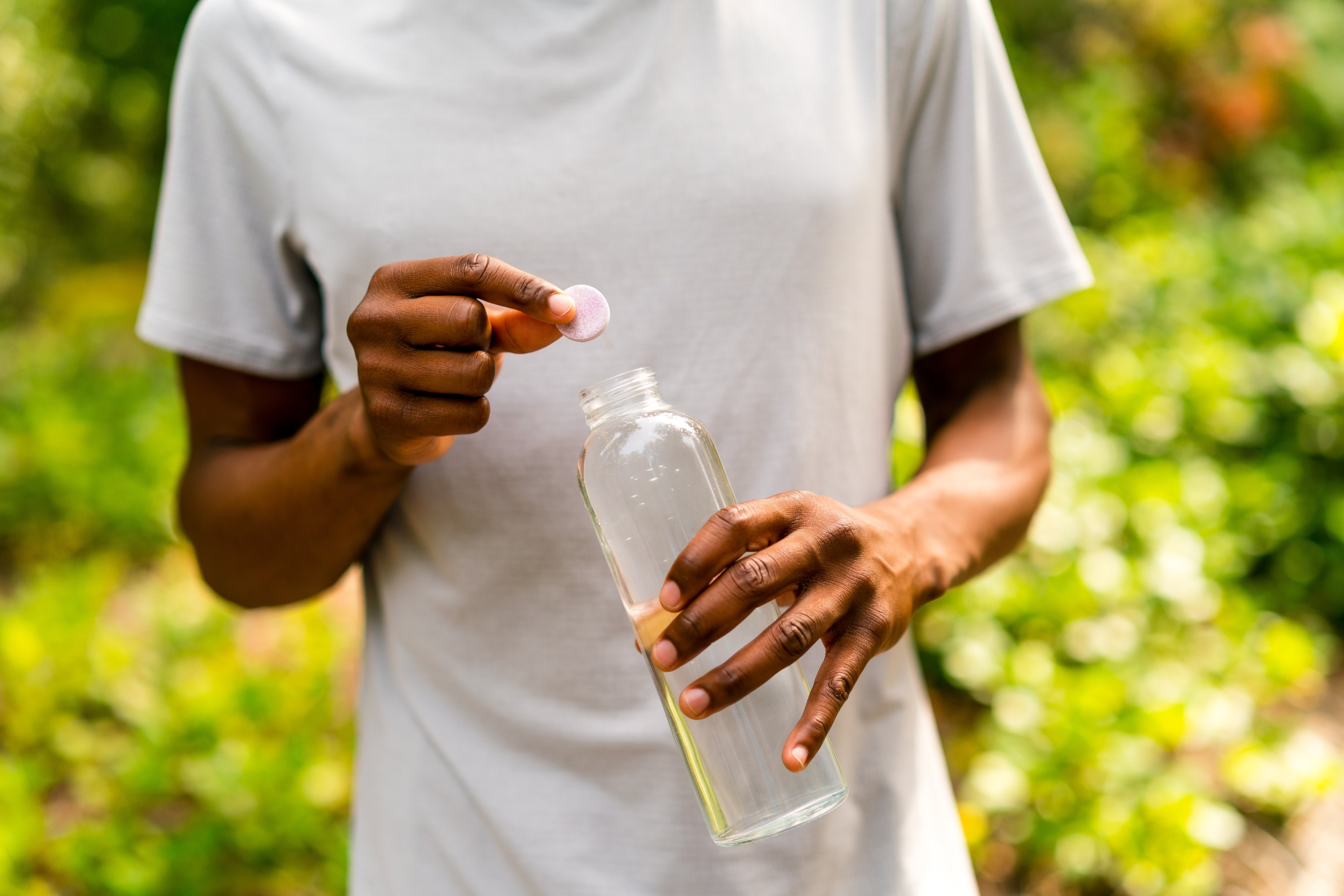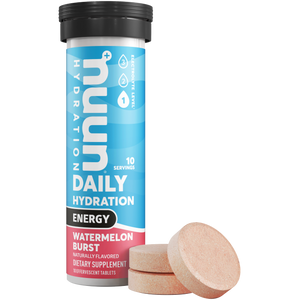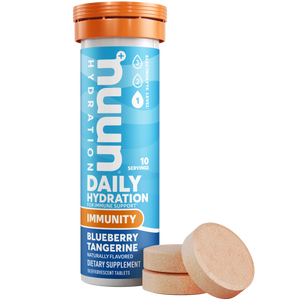Hydration Nation
In this blog post Lea Davison, professional mountain biker and Olympic athlete, takes us through what she’s learned about hydration and how she monitors her hydration status every day.
It seems collectively as a society we are finally recognizing the value of hydration. This is awesome. Even as an almost twenty year Olympic athlete, I still learned a lot about hydration, the benefits, and how to monitor it from working with my USOC nutritionist, Liz Fusco. In fact, hydration is the first thing that she covers when she starts working with an athlete. That’s how critical it is to high level performance. Here’s is what I have learned about hydration through my experience as an athlete.
Water is Important:
Water does a lot of things in the body, so there’s no way I could catalog all the benefits in just one blog post. To start with, it’s responsible for thermoregulation. So, if you are dehydrated, your body has a hard time regulating its core temperature. This can lead to some serious and deadly consequences from heat stroke. Water also provides cushion for the major organs and soft tissues. I am a mountain biker so I’m definitely at risk for crashing and impact, and I want to give my body as much cushion as it can get! Hydration also helps with immune function and keeping those red and white blood cells functioning properly. Staying healthy and red blood cells are two things at the core of my sport. Proper hydration can also help with appetite control. Our bodies are mostly of water, and it makes sense that water serves a lot of critical functions for our health and wellbeing.
Monitoring Hydration:
I have found the main way to monitor hydration is by observing the color of my pee. You can nerd out and get really specific by weighing yourself before and after a workout to see how much you lost through sweating, but I like to stay off the scale as much as possible because performance is determined by more factors than a number on the scale. There’s a spectrum of urine color from dark yellow (dehydrated) to practically clear (over hydrated), and I try to hit the sweet spot in between those two ends. I aim for my pee to be a pale yellow and have a moderate volume. The color of your first pee in the morning is a great time to gauge your hydration for the last twenty-four hours. Frequency is another good barometer of hydration. It’s good to shoot for peeing every two hours. If it’s been over three hours since you last peed, you are dehydrated. Get thee to a faucet! If you are peeing more than once an hour, slow down camel. You are over hydrated. Also, thirst is a good metric. If you are feeling thirsty, you are already dehydrated.
Hydrate!
Here comes the fun part--how to hydrate! I think plain water is boring, so I like to spice it up when it comes to drinking. Nuun makes a lot of great products to spruce up that plain glass of water. My two favorites are the Immunity and the Rest. I drop an Immunity tab in my water when I’m traveling to give me an extra immune boost. When I’m in season or training hard, immune systems can be easily compromised so I like giving myself a little extra something for support. I use the Rest formula before I go to bed at night because it’s formulated to help you fall asleep easier. Rest is paramount and so is hydration so Nuun Rest at bedtime is killing two birds with one stone. Plus, the flavors make water taste so much better.
During the day, to switch it up, I make ‘spa water’ which means I cut up any fruit I have around and put it in a big pitcher of water. Lemons or any citrus are my go-to additions. I am also a big sucker for sparkling water. Give me all the bubbles! In an effort to reduce waste, I have a soda stream seltzer water machine. Usually I add a squeeze of lemon or lime to the bottle of fresh seltzer water for flavor. But, honestly, I can’t resist a Spindrift seltzer or a Polar lemonade seltzer for a nice treat.
I want to note that I’m on a mission to reduce my use of plastic and this is a big one when it comes to hydrating. I always have a reusable water bottle with me that I fill up in the airport or at home. I urge you to do the same since it’s a really important step in reducing our reliance on plastic.
Alternate Sources of Hydration
Drinking liquids isn’t the only way to hydrate. You can also hydrate by eating fruits and vegetables. One of my favorite things on a hot and muggy summer day is watermelon! I come back from a workout and cut up a watermelon and throw a little sea salt on it. This salty+sweet contrast is delicious, but also enhances watermelon’s hydrating effect. Dr. Stacy Sims, who helped develop Nuun’s endurance formula, taught me this trick. I recommend salting any other melon. I also can’t get enough of nectarines and peaches during the summer months.
Hopefully some of these tips and tricks will take hydrating from a guessing game to a more simple and calculated approach. It doesn’t need to be complicated. It can be easy and enjoyable. Bottoms up!
